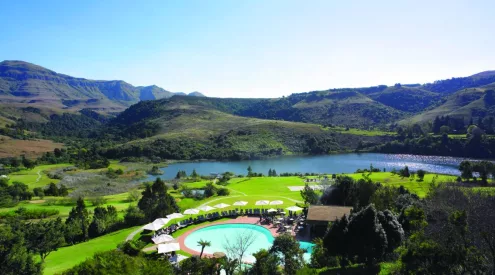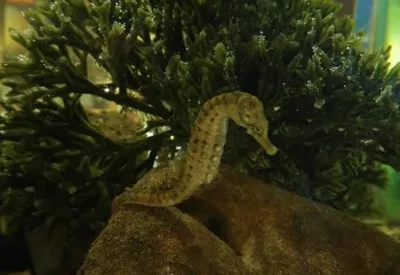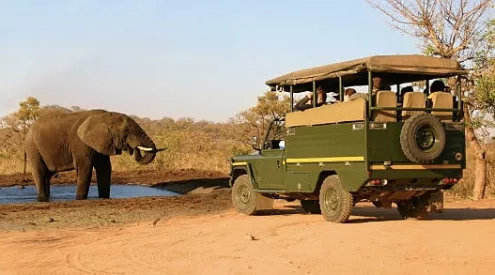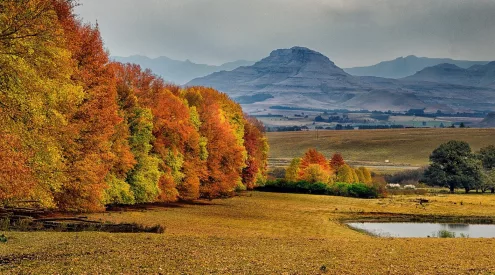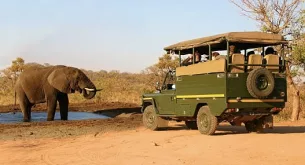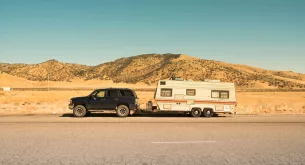Bottom trawling targets specific fish species using floats and weights to drag a fishing net across the ocean floor. While this might benefit the fishers for various reasons, such as low cost and minimised work output, this fishing method has a negative impact on ocean life.
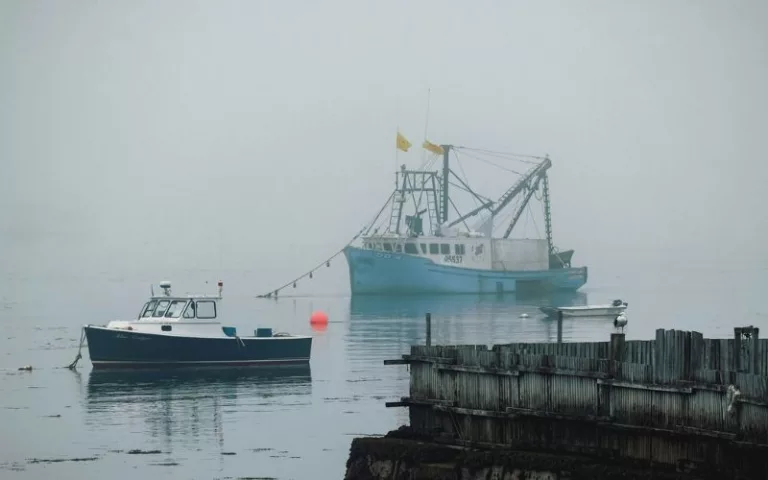
Unsplash/Kaya Arro
Environment protection authorities, WILDTRUST, and Anchor Environmental Consulting have released a report stating the risks of this fishing method.
The unnerving thing about bottom trawling is that the effects can be unnoticed because the results of this damaging method happen underwater and, therefore, are out of sight. Dr Jennifer Olbers, a senior authority at WILDTRUST, states, “Unlike watching a forest on land being chopped down and seeing the impact – trawling happens out of sight and is therefore out of mind for many of us”.
The South African Inshore Demersal Trawl Fishery Assessment Report further states various concerns about bottom trawling, including habitat damage, biodiversity loss, and overfishing.
While it might seem the most obvious solution is to ban bottom trawling altogether, it’s not that simple. Many individuals and coastal communities are dependent on these practices as a method of income, so sustainable and eco-friendly solutions to the negative impact of bottom trawling could benefit both parties.
Fortunately, these protection authorities have not only identified the problem but also proposed a range of solutions. These include implementing real-time monitoring systems to track fishing activities and establishing trawl exclusion areas to protect vulnerable habitats. If adopted, these measures could significantly reduce the negative impact of bottom trawling and help our aquatic ecosystems thrive.


